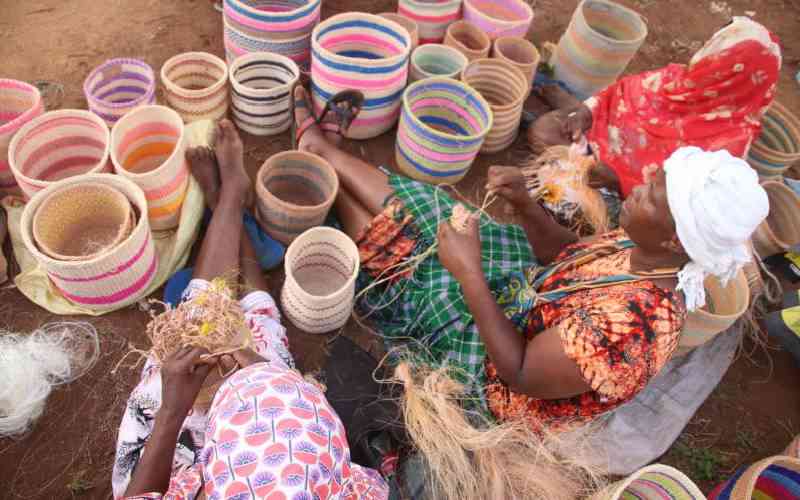The Kenyan consumer market ought to embrace women in a special way. This is mainly because times have significantly changed for women. The country’s female consumer has equally become one of the most lucrative consumers and her prowess in the consumer market ecosystem is only expected to grow over the next decade. This can be attributed to higher labour participation, higher brand influence, and growing numbers of women in leadership positions.
In essence, women are gradually dominating the country’s consumer landscape as earners, buyers, and influencers in all aspects of social, cultural, and business leadership. Yet little is known about the impact of their consumer power on long-term industrialisation and economic development across the region.
They too continue to present the country’s largest growth opportunity. Besides, the female gender is likely to play a critical role in the future economic success, not only in Kenya, but also across the continent. This trend can only be enhanced through multiplier effect of their purchasing power – since they tend to make more purchasing decisions in most households.
The ‘Top 100 Most Loved Brands by Women in Kenya’ data for the past two years shows women account for 80 per cent of consumer purchasing decisions and nearly half of all purchases in traditionally male-dominated categories such as cars and electronics.
It is still not clear on whether the Kenyan woman takes a more strategic approach to purchasing or sourcing products and services, or whether she takes the long-term developmental approach to her spending power.
But according to the ‘Top 100 Most Loved Brands by Women in Kenya’ – an IPSOS and BSD Group Study, sourcing behaviours have a direct impact on industrialisation and national-wide development. This means that women’s participation in a more strategic manner on sourcing and purchasing could lead them to being the country’s main drivers of long-term economic development.
The study continues to gather more data on female purchasing practices over a sustained period. More information will be made available on what exactly influences women’s purchasing behaviour and how it impacts national and regional growth. Such data will be beneficial towards understanding the female spending patterns, and how such spending could contribute to lifting families from extreme poverty.
On the other hand, limited access to precise data related to the Kenyan woman’s buying behaviour could also mean that little is known about the long-term impact of women’s purchasing activities on industrialisation and economic development. This kind of knowledge is required to drive the country’s development agenda.
Consumer sourcing equally remains key to Kenya’s long-term sustainable development. And since women largely influence overall consumer purchases, it’s time we directed our attention to the long-term impact of their purchasing choices. We also need to deconstruct strategic sourcing and its impact on widespread economic growth.
To capitalise on women’s purchasing power, brand owners need to offer products and services that women want or need alongside embracing their purchasing behaviours to impact business bottom lines. The bottom lines, according to the ‘Top 100 Most Loved Brands in Kenya’, can further be strengthened by enabling more women to be in leadership and decision-making roles.
It is therefore paramount for brands to address the needs associated with female consumers. Since brands that embrace this approach stand to benefit from increased brand equity and loyalty among women.
Women’s economic strength will consequently vastly improve bottom lines for most businesses.




















Discussion about this post